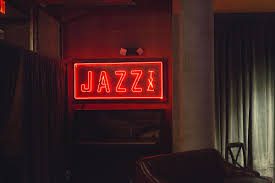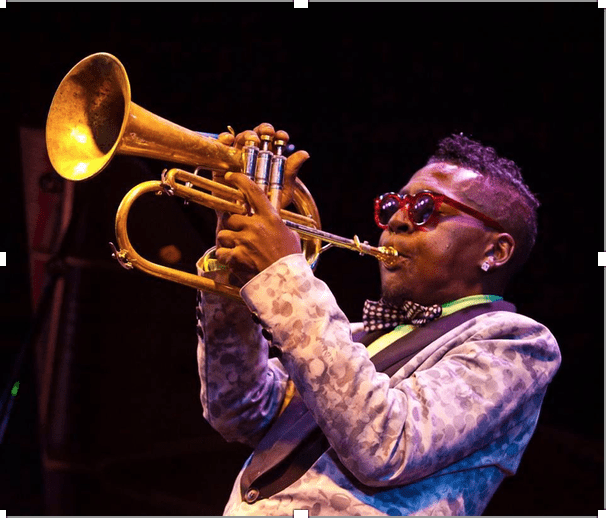Jazz & Black Intellectualism
By: Nyla Griffith
Jazz as a genre emerged in New Orleans in the early 1920s to the 1930s. More specifically, it emerged in a place called Congo Square where there was a huge mix of various cultures from the western hemisphere. The Jazz era so many subgenres emerging from it. The first genre was swing jazz which was typically dance music. In addition, other genres like modal, traditional, swing, bebop, and free were created as well.


The main theme of jazz was improvisation. During this time, black artists used jazz to express themselves in many ways and many artists emerged as a result. However, one key element of jazz was the rise of black intellectualism. Jazz was played in nightclubs and was seen as higher class. Once black jazz musicians were popular and well respected, people began to be proud of their blackness and were proud to perform. It showed other races, typically white people, that black people were capable and creative. Jazz music was not the classical music of the time, but it was still well respected.
The main classical jazz musician of the time was Louis Armstrong. In addition, Ornette Coleman played free jazz, Herbie Hancock played the horn, Dizzy Gillespie played bebop, and many other artists participated as well and they are listed and shown below.
This was also a great era for female black musicians as many popular artists emerged. These included Billie Holiday, Lena Horne, Sarah Vaughn, and Ella Fitzgerald.

Popular Jazz Musicians:
- Louis Armstrong
- Billie Holiday
- Lena Horne
- Sarah Vaughn
- Ella Fitzgerald
- Buddie Bolden
- Herbie Hancock
- Al Jearou
- Ornette Coleman
- Charles Mingus
- Pharoah Sanders
- Charlie Parker
- Miles Davis

